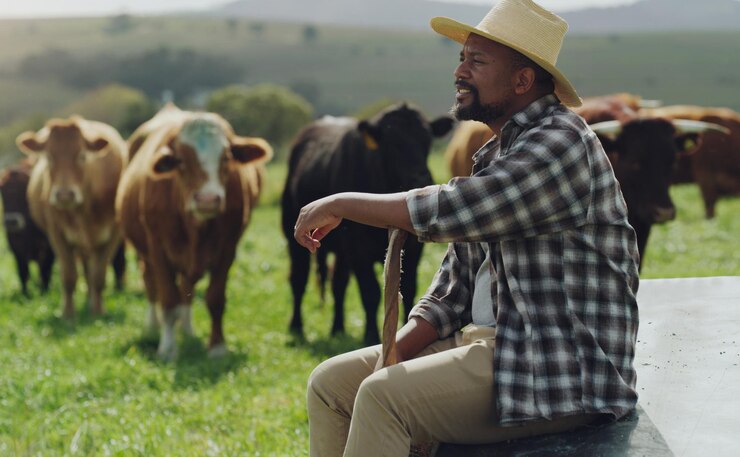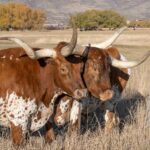In Botswana, where cattle farming is a cornerstone of rural livelihoods and the national economy, early detection of livestock diseases is crucial. With advances in agricultural technology, Artificial Intelligence (AI) is now emerging as a game-changing tool for predicting cattle diseases before they become widespread. From protecting farmer incomes to securing the country’s beef exports, AI-driven disease prediction tools are reshaping the future of animal health in Botswana.
Livestock disease outbreaks such as Foot and Mouth Disease (FMD), lumpy skin disease, and tick-borne illnesses have historically caused major setbacks in Botswana’s cattle industry. These outbreaks lead to reduced productivity, export bans, and financial losses for farmers. Traditional methods of disease surveillance, which rely heavily on manual inspections and delayed laboratory testing, often fall short in identifying risks early enough to prevent significant damage.
AI tools are changing this dynamic by enabling faster, data-driven decision-making. Using algorithms that analyse vast amounts of real-time data, these systems can detect patterns and early warning signs of disease long before symptoms become visible. By incorporating inputs such as animal movement, weather data, vaccination records, and regional outbreak trends, AI models can generate accurate predictions about where and when a disease is likely to emerge.
In Botswana, several pilot projects are already demonstrating the potential of AI in the livestock sector. One approach involves integrating AI with remote sensors and mobile applications that track animal health and environmental conditions on farms. Farmers can input daily updates on their cattle’s feeding behaviour, activity levels, and physical symptoms into an app, which then communicates with AI systems to flag any abnormalities that may indicate early-stage illness.
Another breakthrough is the use of satellite imagery and geospatial data combined with AI to monitor pasture conditions and tick habitats. By assessing vegetation health and moisture levels, AI tools can help predict tick population surges and the resulting risk of tick-borne diseases like heartwater. This information enables farmers and veterinary services to apply preventative treatments more strategically and cost-effectively.
Botswana’s veterinary authorities are also beginning to explore AI tools for regional disease surveillance and policy planning. By mapping outbreak data and analysing transmission trends, AI systems can help design targeted vaccination campaigns, quarantine measures, and resource allocation strategies to contain diseases before they spread.
One of the key advantages of using AI in cattle health management is scalability. Once developed, AI tools can be deployed across vast rural areas using mobile technology, making them accessible even to smallholder farmers in remote locations. This inclusive approach ensures that both commercial and subsistence farmers benefit from early warning systems, ultimately boosting national food security and export competitiveness.
However, the adoption of AI in cattle disease prediction is not without challenges. Data availability, digital literacy, and infrastructure limitations still pose barriers, particularly in under-served rural regions. Building trust in AI systems also requires collaboration between technologists, veterinarians, and farmers to ensure the tools are user-friendly, reliable, and culturally appropriate.
With government support and investment in agri-tech innovation, Botswana has the opportunity to lead the region in AI-based livestock health solutions. Public-private partnerships, farmer training programmes, and integration with existing veterinary services will be key to scaling up these technologies.
As climate change and global trade dynamics continue to increase the risk of disease outbreaks, the role of AI in animal health is becoming more urgent and valuable. For Botswana, leveraging AI tools for cattle disease prediction is not just a technological advancement—it’s a strategic move toward safeguarding one of the country’s most vital economic assets.









